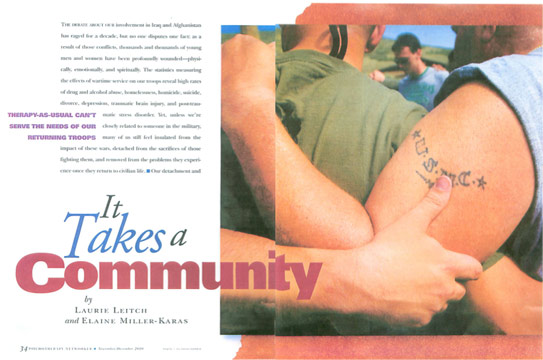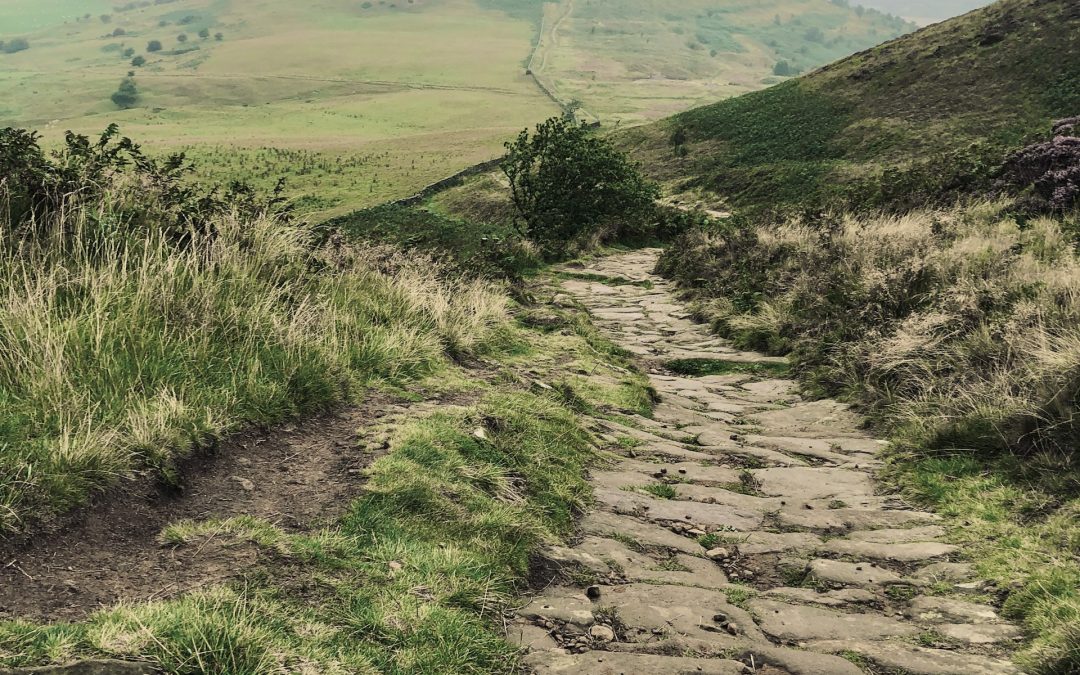The pandemic that has swept the planet has brought us face to face with two of life’s most essential components, health and finances. Our coping strategies are stretched to the max…and in many families the ways of coping are not the same among family members. This can be an additional source of stress. Everyone is either isolated and alone or cooped up together for much longer than ever before.
Here at Threshold GlobalWorks we have been focused on ways of supporting people who are in various systems in need of decreasing stress and enhancing resilience. Some of these are first responder groups. SRM trainers in NYC, for example, are offering sessions to community-based organizations, healthcare systems, and to individuals who are being released from incarceration. SRM’s orientation has been specifically designed for “ordinary people” to use for their own self-care and the care of others (using appropriate distance, of course.). I have been doing Zoom seminars to teach and practice SRM’s skills and core concepts. The sessions are attended by folks in the U.S. and Europe. Technology has been a saving grace!
We know from neuroscience research, as well as simple common sense, that supportive relationships and connectedness are potent in building a strong immune system. Did you know that loneliness is as bad for your health as smoking? With apps like Zoom and others we can stay connected to our support systems, large and small without exposing ourselves or anyone else to the COVID-19 virus.
One of our SRM trainers, Miguel Ramos, has made a video that takes you through one of SRM’s skills, Grounding. This deceptively simple skill can be a useful tool when you are stressed. Listen to Miguel and follow along as you offer your brain/body system a chance to be calm. You can use Grounding anytime, anywhere. No one even has to know you are doing it. It is great to use Grounding when you are in bed ready for sleep or if you wake in the night.
Using SRM as one of the tools in your tool kit, each of us can develop a new and improved relationship with the uncertainty of these times. We can deepen our Resilient Zone, decrease toxic stress chemicals in the body, and handle our relationships with more skill. An easy way to deepen your resilience is to watch, or track, where you put your attention. Attention is a potent force because it shapes the kind of brain you have.
The first step in becoming the master of your attention is simply to notice what you are paying attention to and then deciding if that has a positive, neutral, or negative impact on your level of stress by tuning into sensations in your body. If it is having a positive impact it is good to stay with the noticing. We call this “Tracking.” Positive sensations are great for your brain/body system. They give your immune system a little boost. Track what the positive sensations are and where they are inside: does muscle tension decrease? Does your breathing get a little deeper? What else do you notice that tells you it is positive?
And, if it is negative, what tells you that? For me, my shoulders get tight and I may notice anxious fluttery sensations in my chest or tightness in my temples. Negative sensations often mean that you are stressed. And, stress means that toxic stress chemicals are circulating in your body. That’s harmful to you if it lasts a while (more than 20-30 minutes).
So, the second step is what do you do with what you notice? You want to shift your attention from whatever is causing the negative sensations or away from the negative sensations themselves. And, you shift your attention to either a place in your body that feels neutral or calm or to something in your life that brings you a sense of calm or gratitude or joy (a person in your life, present or past, a place in nature, your faith, yummy food, a pet, etc).
And, then, the third step,…and this part is very important…you bring to mind all the many details of that positive thing (a person in your life, present or past, a place in nature, your faith, yummy food, a pet, etc). Because our brains have a negativity bias we have to stay longer in the positive sensations ( good smells, sounds, a place you enjoy that Resource, etc) to override that negativity…plus…it really feels good to stay with the positive image and all the sensations associated with it. We call these two skills “Resourcing” and “Resource Strengthening.” You stay with the Resource until you notice/track that your body is calmer. You can use the same Resource anytime you notice stress or negative sensations or you can come up with a new Resource.
The practice you do to deepen Resilience and boost immune function is: 1) track where your attention is, 2) deciding if it is a healthy (stress-free) place for your attention to be, and 3) shifting away from that place if it is negative for you, to 4) a Resource in your life and then 5) paying attention to all the details of that Resource until you feel calming or at least neutral sensations.
As the days go on I will be posting more clips of SRM skills for you to practice. Stay tuned!

